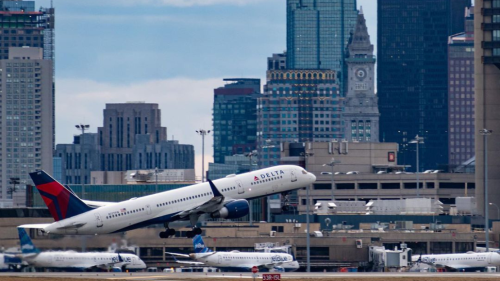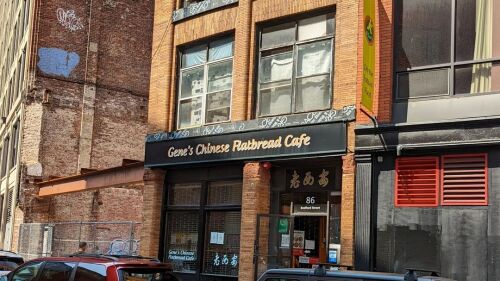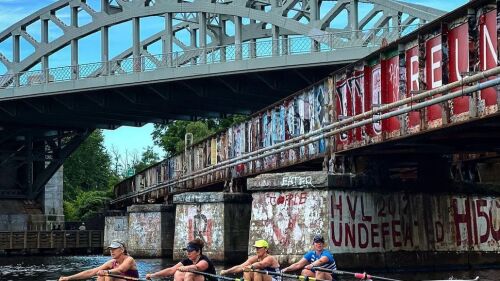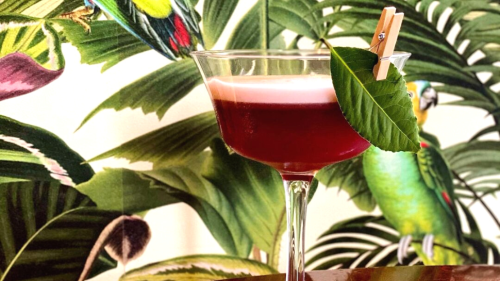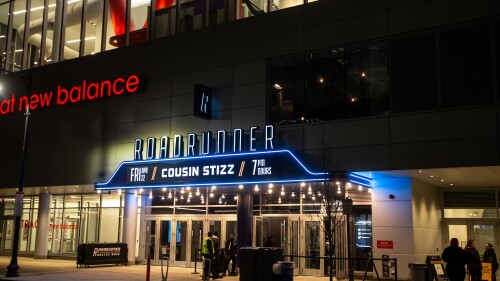Welcome to the South End — a vibrant community of art studios, galleries, and independent boutiques. Not to be confused with Southie (aka South Boston), this neighborhood is bursting with creativity and color from the SoWa Arts + Design District to the Ink Block.
The picturesque streets feature a combination of brick townhouses and Victorian brownstone buildings, plus pocket parks, rich history, and plenty of tasty restaurants.
Need-to-know
Located just minutes from downtown and the Back Bay, the South End has become one of Boston’s most popular neighborhoods and is also a Boston Landmark District.
Stroll the brick sidewalks and along the main drags on Tremont Street, Columbus Avenue, and Massachusetts Avenue to find some of Boston’s top eateries, a blooming arts community, and many green spaces to explore. The South End borders Roxbury, Chinatown, and the Back Bay — making it a rich tapestry of cultural and architectural histories.
The early days
This area was developed in the mid-19th century to support more housing options for the downtown Boston and Beacon Hill areas. The neighborhood was originally designed as a narrow strip of land surrounded by salt marshes that connected Boston to Roxbury and was created with landfill.
Most of the streets in the area are named after nearby towns (think: Dedham, Newton, and Canton).
Locally-known architect Charles Bulfinch (aka the designer behind iconic Massachusetts State House), had a hand in the design of the new neighborhood. Today, you can still see his signature style style in details like iron railings, bay windows, and brick sidewalks.
In the 1880s, many of the wealthy families that started the neighborhood were replaced by waves of immigrants from Ireland, Lebanon, and Greece. In the 1940s, the South End became home to a vibrant Black middle class. Shortly after, it began to attract gay men and women, and it remains one of Boston’s LGBTQ+ hubs to this day.
Bonus: In 1973, the South End was listed on the National Register of Historic Places as “the largest urban Victorian neighborhood in the country.”

The murals at the Underground Ink Block are out of this world.
Photo by @dressedtothej9s
Can’t-miss
From May through October the SoWa Open Market is open for shopping. Flocks of folks will head to the parking lot in the SoWa district for this weekly artisan market. Every Sunday, artists and craftspeople set up shop under white tents at 500 Harrison Ave., featuring vendors selling jewelry, clothing, home goods, photography, ceramics, and more.
Bonus: Every first Friday stop by the SoWa District from 5 to 9 p.m. to meet the artists in their studios and get inspired.
Explore this 8-acre underpass on the edge of the South End. Underground at Ink Block has been transformed into an urban park with pedestrian boardwalks and bicycle paths, world-class street art, a dog park, pickleball court, and 175 commercial parking spaces.
Snap a photo of one of the most Instagrammable homes in Boston on Worcester Street. State records show it was built around 1900, and used historically as a place for auto repairs and a gas station. Today, the farmhouse-style brick treasure is a must-see spot in the neighborhood.
Shop
Stop by the Black Owned Bos. pop-up to shop, home to over 20 vendors under one roof, at 623 Tremont St.
If thrift shopping is for you, you can’t miss Boomerangs Special Edition at 1407 Washington St., which stocks a wide selection of gently used clothing, furniture, housewares, and jewelry. A portion of this chain of thrift stores’ proceeds supports the nonprofit AIDS Action.
Bring your furry friends for a neighborhood walk and end with a stop at Polkadog Bakery. This pup-friendly place at 256 Shawmut Ave. features plenty of dog treats and toys.
The Urban Grape is a Black-and woman-owned wine shop located at 303 Columbus Ave. Sip labels you might not find at other shops and learn about new flavor and body profiles.
Named after the notorious mile ~20 stretch on the Boston Marathon route, Heartbreak Hill Running Company offers a wide selection of running shoes and accessories at 652 Tremont St.
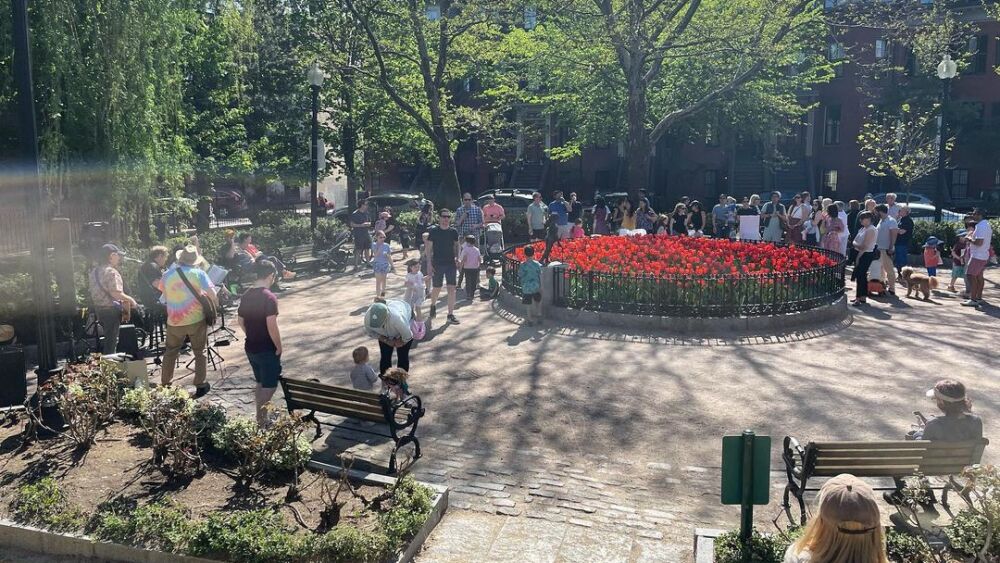
Visit a small green space in the South End like Hayes Park.
Photo by @friendsofhayespark
Outdoors
Blackstone Square Park has a large fountain at its center and is located across the street from the Blackstone Community Center, which has a full basketball court and playground.
The city’s Parks and Recreation Department is expected to update the playground at Titus Sparrow Park soon, which also features special programming, summer concerts, and tennis courts along Durham Street.
Take a stroll down the 4.7-mile walking path at Southwest Corridor Park that leads to Jamaica Plain and Roxbury.
The South End is known for hidden gem pocket parks like Hayes Park or Ringgold Park.
Eat + drink
Brunch, live music, and a wide variety of entrees are on the menu at The Beehive. Visit the bohemian eatery at 541 Tremont St. for tunes and special events with your eats.
Plan a slow Sunday brunch at South End Buttery’s pet-friendly patio. The cafe at 314 Shawmut Ave. is known for its pastries, bagels, and plates like the gourmet grilled cheese.
Head downstairs to the tropical speakeasy Shore Leave for craft cocktails and a limited sushi selection.
Feast on creative Asian-inspired small plates at Myers + Chang. This restaurant serves up sake and cocktails plus dim sum brunches.
Take a seat at Charlie’s Sandwich Shoppe and bite into the 100-year history of the neighborhood diner. This is one of the few remaining restaurants in Boston that was featured in the historic Green Book guide.
No need to head into the North End for delightful Italian cuisine when you can visit Coppa. This eatery offers a variety of pizza and pasta dishes.
Getting around
The South End is near multiple public transit options:
- Orange Line — Back Bay stop
- Green Line — Prudential and Copley stops
- Red Line — Broadway stop
- MBTA bus routes 39, 501, and 504
- Plus, over 15 Bluebikes stations



